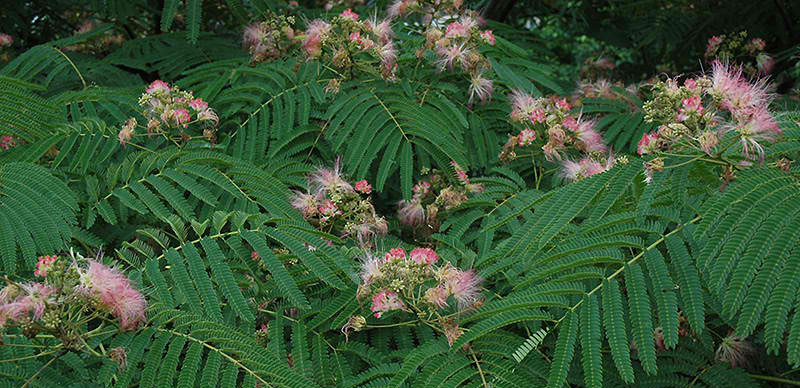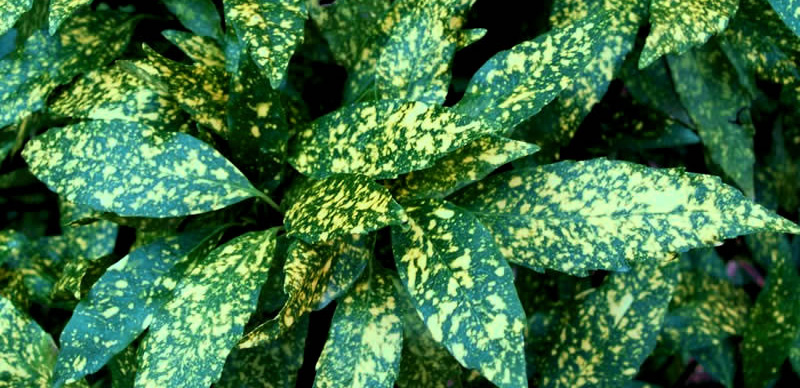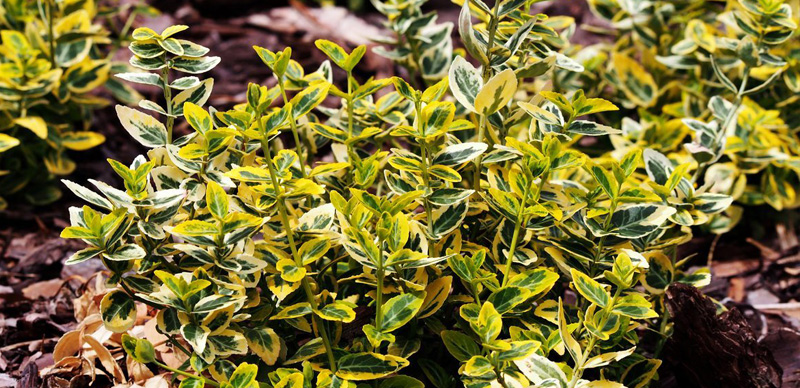Many plants contain beneficial phytochemicals which the human body need but their use is limited because of the potential harm that they can cause to different organs of the body. Plant toxicity is categorized from 1 to 4. Plants in Toxicity category 1 are usually considered highly toxic to man and can lead to organ damage while plants in Toxicity Category 4 are usually non-toxic to humans. Below are some of the different plant categories and their toxicity.
Landscape Trees
These are large perennial woody plants that grow several meters high. They have a main stem with many branches. Example includes;

- Mimosa (Albizia Julibrissin): Toxicity Category 4 meaning plants are generally considered non-toxic to humans.
- Birch (Betula sp.): Toxicity Category 1 meaning Plants can cause varying levels of toxicity ranging from mild abdominal cramping to serious cardiac complications.
- Pecan (Carya illinoinensis): Toxicity Category 4
- Russian-olive (Elaeagnus sp.): Toxicity Category 4
- Crapemyrtle (Lagerstroemia indica): Toxicity Category 4
- Tuliptree (Liriodendron tulipifera): Toxicity Category 4
- Magnolia Southern (Magnolia grandiflora): Toxicity Category 4
- Apple seed (Malus sp.): Toxicity Category 1
- Pine (Pinus sp.): Toxicity Category 4
- Plum, (Prunus sp.) this include the purpleleaf sand cherry, flowering peach, flowering cherry, and weeping higan cherry: Toxicity Category 4
- Oak (Quercus sp.) this includes the white oak, water oak, pin oak, and willow oak: Toxicity Category 3 meaning plants usually produce only mild to moderate stomach upset or dermatitis.
- Willow, weeping (Salix alba ‘Tristis’): Toxicity Category 4
- Sassafras (Sassafras albidum): Toxicity Category 1
Shrubs
Shrubs lack a trunk, rather, they have several woody stems growing from the base of the plant. Some of the shrubs that have been analyzed for toxicity include;

- Gold-dust Plant (Aucuba japonica ‘Variefata’): Toxicity Category 4
- Barberry (Berberis sp.) this include Wintergreen barberry and Redleaf Jap. Barberry: Toxicity Category 3
- Boxwood (Buxus sp.) these include Littleleaf boxwood and common boxwood: Toxicity Category 3
- Cotoneaster (Cotoneaster sp.): Toxicity Category 1
- Elaeagnus (Elaeagnus sp.): Toxicity Category 4
- Euonymus (Euonymus sp) these includes Winged Euonymus-Burning Bush, Variegated Euonymus, and Manhattan Euonymus: Toxicity Category 3
- Forsythia (Forsythia sp.): Toxicity Category 4
- Gardenia/cape jasmine (Gardenia jasminoides): Toxicity Category 4
- Hibiscus (Hibiscus sp.) and Althea – Rose of Sharon (Althea syriacus): Toxicity Category 4
- Hydrangea (Hydrangea sp.) these include Bigleaf hydrangea, Panicle hydrangea, and Oakleaf hydrangea: while another Hydrangea sp. Is under Toxicity Category 1, Panicle and Oakleaf are under Toxicity Category 3.
- Holly (Ilex sp.) these includes Foster holly, Burford holly, Carissa holly, Dwarf Japanese holly, Convexa holly, Possumhaw, Inkberry, Blue holly, Nellie Stevens holly, Dwarf Yaupon holly, and Weeping Yaupon: Toxicity Category 3
- Nandina / heavenly bamboo (Nandina domestica): Toxicity Category 4
- Azalea (Rhododendron sp.): Toxicity Category 1
- Lilac (Syringa vulgaris): Toxicity Category 4
- Yew (Taxus sp.): Toxicity Category 1
- Doublefile Snowball (Viburnum plicatum): Toxicity Category 4
- Yucca (Yucca sp.): Toxicity Category 4
Groundcovers
These plants grow low and spread on the ground. They are often deliberately planted to prevent erosion or weed.

- Euonymus (Euonymus sp.): Toxicity Category 3
- Liriope /Lilyturf (Liriope sp.): Toxicity Category 4
- Periwinkle / Vinca (Vinca minor): Toxicity Category 1
Vines
Vines usually have a tender stem and support themselves by climbing on other plants.
Virginia Creeper (Parthenocissus quinquefolia): Toxic Category 2b meaning plants contain soluble calcium salts, which can be absorbed by the body. Can also lead to external irritation, and damage to the kidney and other organs.

